Chac Bang canal, section passing through An Giang province. Photo: PHAM TRUNG HIEU
From the legendary canal…
In the book “Old Bac Lieu ”, it is mentioned that Chac Bang is a small canal without a name. While fleeing the Tay Son army, Nguyen Anh came to this land; when he was seriously ill, thinking he would not survive, he told his officers: “This serious illness cannot be cured. I must die”. Later, people remembered the saying “I must die” so they named this canal Chac Bang. As for the late writer Son Nam, he explained that the place name Chac Bang was a misreading of the Khmer word “Chap tung”, meaning “cage bird”, a bird species that is abundant in this land…
During the French colonial period, realizing that the Chac Bang canal had many exploitation values, in 1919, the French ordered the expansion of the Chac Bang canal to transport "white gold" (salt) from Bac Lieu through Xa No and then to Saigon. In addition, it was also used to move and exploit rice and honey in the U Minh region and to buy bird feathers to make warm clothes...
On the revolutionary side, from 1927 onwards, the patriotic movement developed strongly, many young people in Ranh Hat, U Minh and neighboring areas actively participated in patriotic movements, especially propaganda, mobilizing the enemy to awaken... In the dry season of 1932, along the Chac Bang river, the first Party cell of the pre-merger Kien Giang Provincial Party Committee was established in Ranh Hat village, marking the spread of Marxism-Leninism and the Party's policies and guidelines to the most remote rural areas, creating the premise for leading the revolution and taking power into the hands of the people later.
Not only that, after the Geneva Agreement of 1954, Chac Bang canal was also chosen as the center of the 200-day and night assembly area, sending soldiers and cadres from the South to the North to study. At that time, Tri Phai area was a major military transfer station in Ca Mau. And old Kien Giang was the area of Phong Dong commune, now Vinh Phong commune, An Giang province. And, also on the Chac Bang river that year, mother Le Thi Sanh once sent a star apple tree to the assembly cadres to respectfully present to Uncle Ho, with the love of the people and soldiers of the South for Uncle Ho and the North... In addition, the Chac Bang canal area was also a place to shelter many comrades such as Le Duan, Le Duc Tho, Vo Van Kiet... who were active in the revolution during the most fierce period of the war.
…to the “support” for agricultural production
According to the Deputy Secretary of the Vinh Binh Commune Party Committee, Vo Thanh Xuan, the Chac Bang canal carries the long-standing "on the wharf, under the boat" culture of the Ca Mau - An Giang river region. Today, this canal is a vital waterway, at the same time providing water for sustainable agricultural production... "After liberation, the Chac Bang canal became an important trade route, transporting construction materials, then transporting equipment and raw materials to implement important national projects such as Ca Mau Gas - Electricity - Fertilizer and recently the route for transporting and pumping sand to build the Ho Chi Minh road... In daily life, the Chac Bang canal helps people develop commerce, especially in agriculture with a sustainable shrimp - rice model", said Mr. Vo Thanh Xuan.
Many farmers who have lived almost their entire lives along the Chac Bang River also affirmed that the canal has created a sustainable livelihood. Not only does it play an important role in waterway trade, but from this canal, a series of fishbone canals have been dug to remove alum, wash away salt, and transport agricultural products from the forest to the big river... In particular, the canal has provided an important water source for a part of the Ca Mau peninsula, creating immense shrimp-rice fields, famous for their organic high-yield rice growing areas for export.
Mr. Truong Minh Nhan, resident of Vinh Thuan commune, shared: “This hamlet area (Don Dong) is planned to implement the shrimp-rice model. Rice is grown with ST24 and ST25 varieties, growing very well, reaching a yield of about 8 tons/ha. Tiger shrimp, whiteleg shrimp, and crab also yield quite well. On average, each hectare of this model brings in a profit of more than 200 million VND, so now our people here have a comfortable life, with income every month.”
To further promote the value of the Chac Bang canal, Mr. Vo Thanh Xuan also suggested researching the formation of a homestay to serve guests along this canal. According to him, guests will start by visiting and listening to heroic historical stories at the Bang Bien Phu Melaleuca Forest War Remnants Area, then get on a sampan to explore the legendary canal; visit Vinh Phong floating market, buy some local specialties, and enjoy floating vermicelli noodles. After that, guests will learn about the Chac Bang gathering wharf and the first Party cell of old Kien Giang - Ranh Hat. On the way, guests can watch fishing, buy river shrimp, and sea bass caught by locals right on this sampan. Finally, they will bring those products back to the homestay to prepare and enjoy...
PHAM TRUNG HIEU
Source: https://baoangiang.com.vn/ben-dong-chac-bang-a462858.html


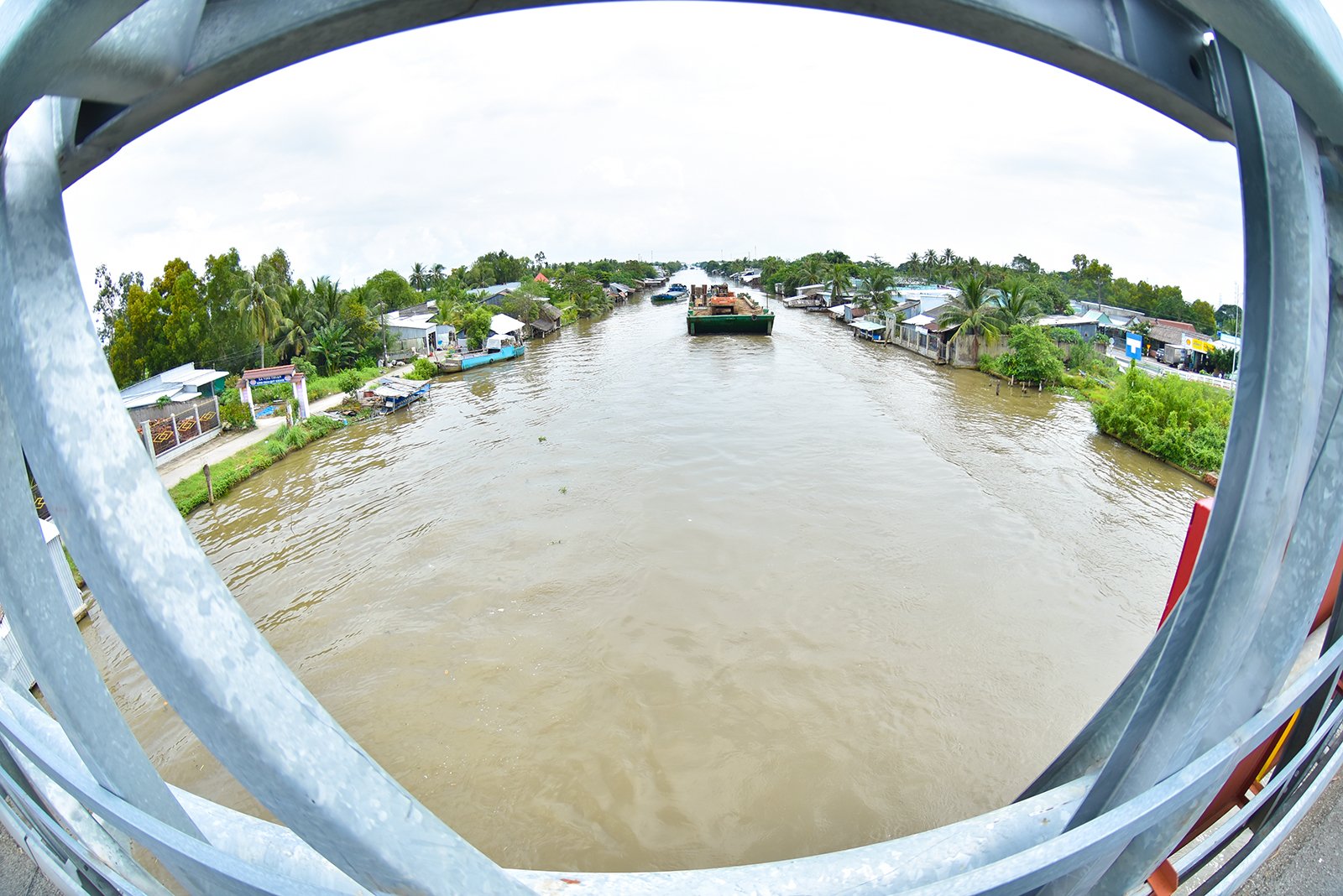




![[Photo] Hanoi morning of October 1: Prolonged flooding, people wade to work](https://vphoto.vietnam.vn/thumb/1200x675/vietnam/resource/IMAGE/2025/10/1/189be28938e3493fa26b2938efa2059e)

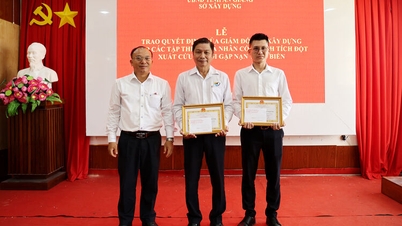
![[Megastory] A term of creation: An Giang rises from historical imprints](https://vphoto.vietnam.vn/thumb/402x226/vietnam/resource/IMAGE/2025/10/1/2660ab96e53f4270bcc37f8d39c36c78)


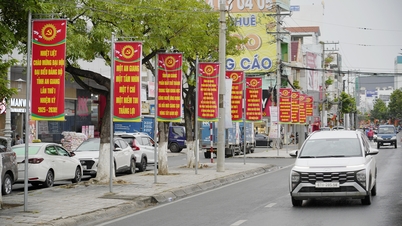

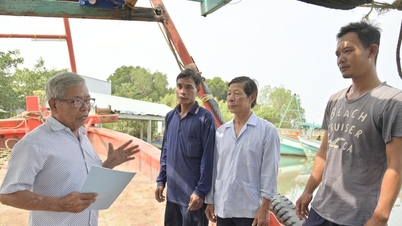




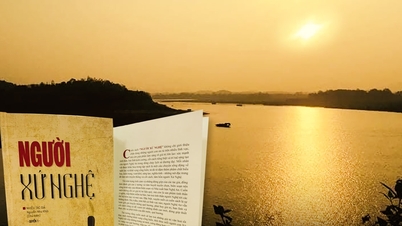

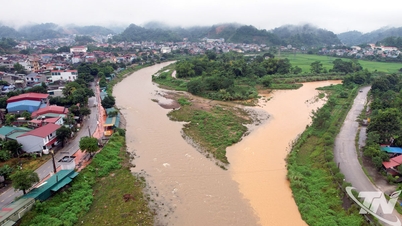



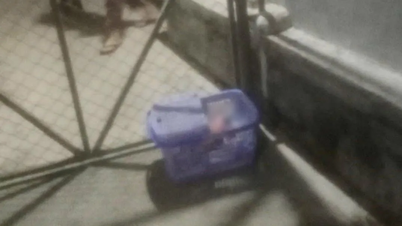






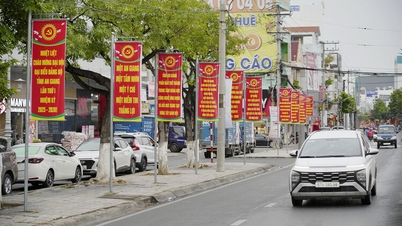

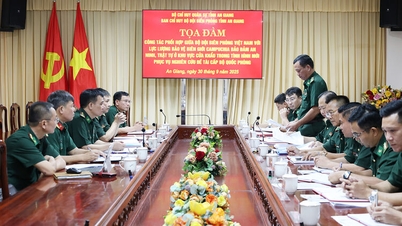
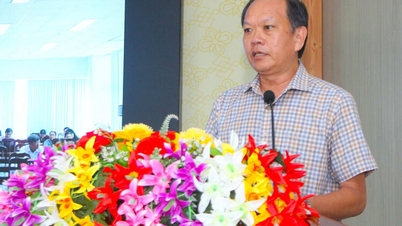
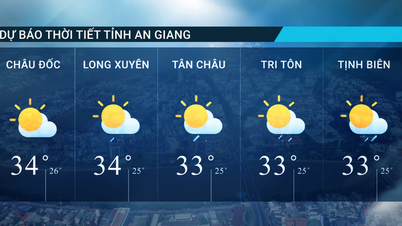
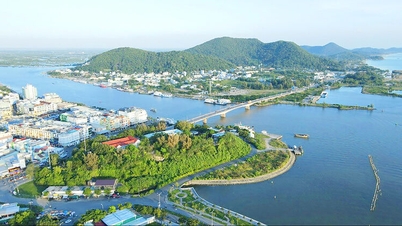
![[Photo] The 1st Congress of Phu Tho Provincial Party Committee, term 2025-2030](https://vphoto.vietnam.vn/thumb/1200x675/vietnam/resource/IMAGE/2025/9/30/1507da06216649bba8a1ce6251816820)
![[Photo] Panorama of the cable-stayed bridge, the final bottleneck of the Ben Luc-Long Thanh expressway](https://vphoto.vietnam.vn/thumb/1200x675/vietnam/resource/IMAGE/2025/9/30/391fdf21025541d6b2f092e49a17243f)
![[Photo] President Luong Cuong receives President of the Cuban National Assembly Esteban Lazo Hernandez](https://vphoto.vietnam.vn/thumb/1200x675/vietnam/resource/IMAGE/2025/9/30/4d38932911c24f6ea1936252bd5427fa)

























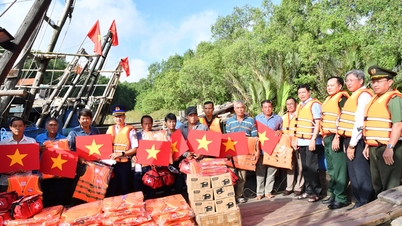









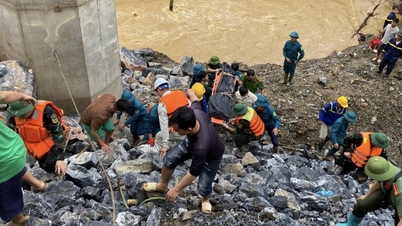

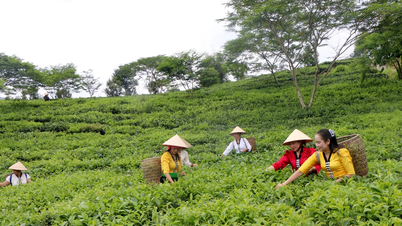



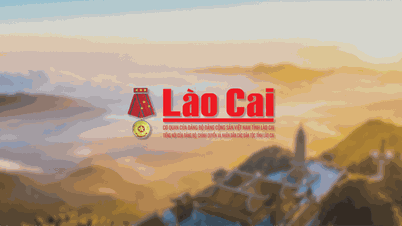
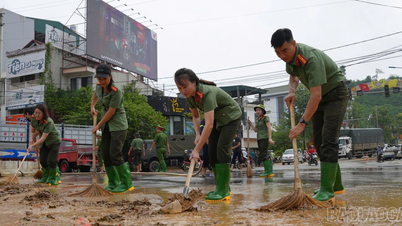
















Comment (0)